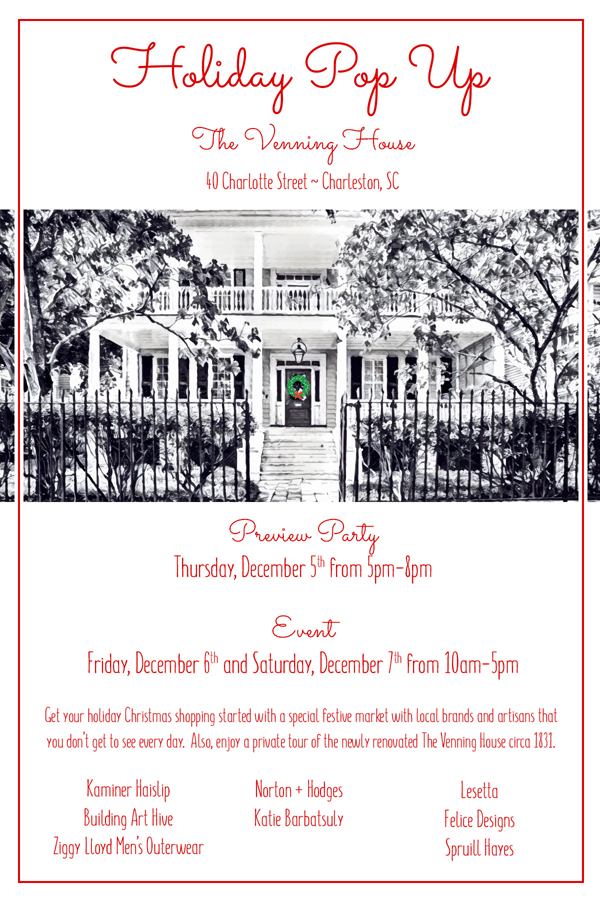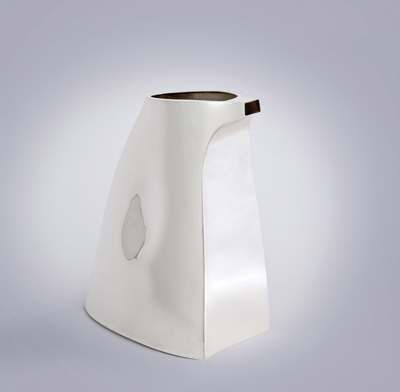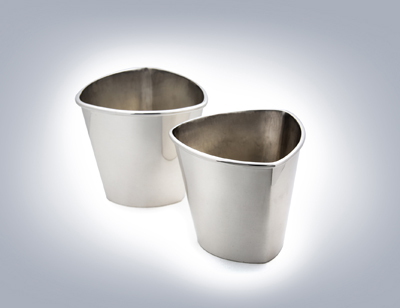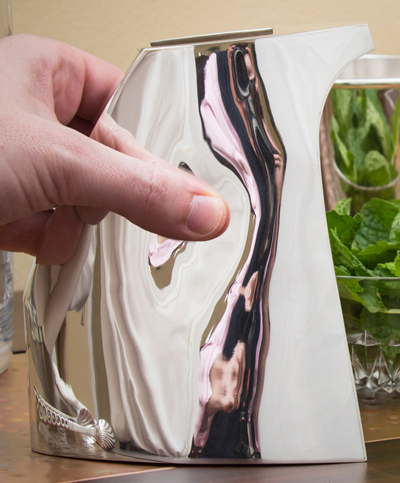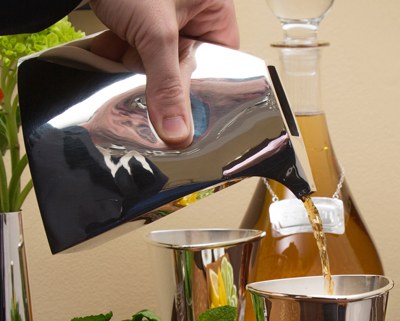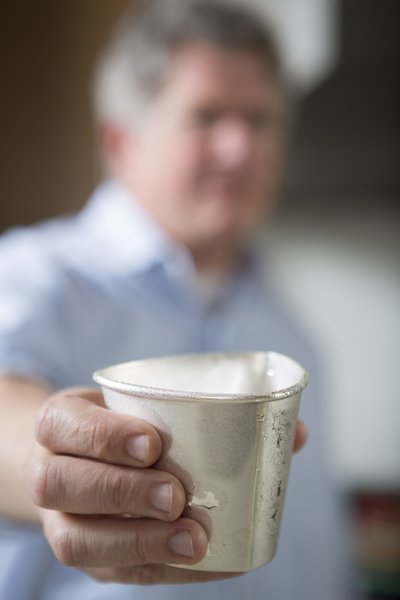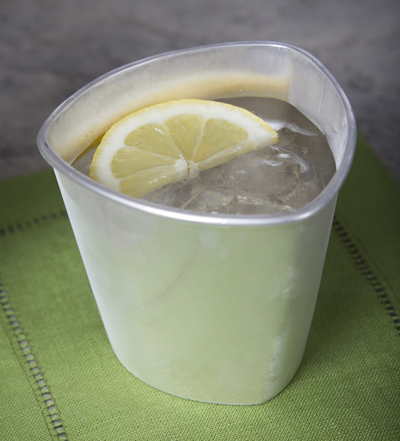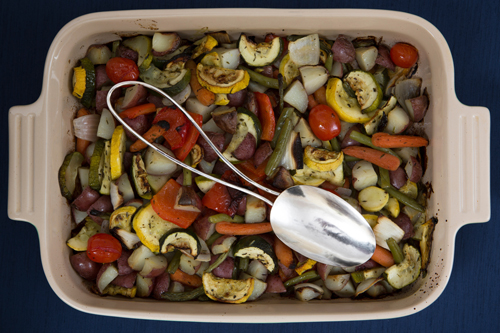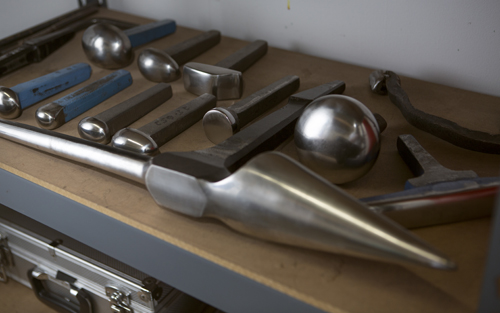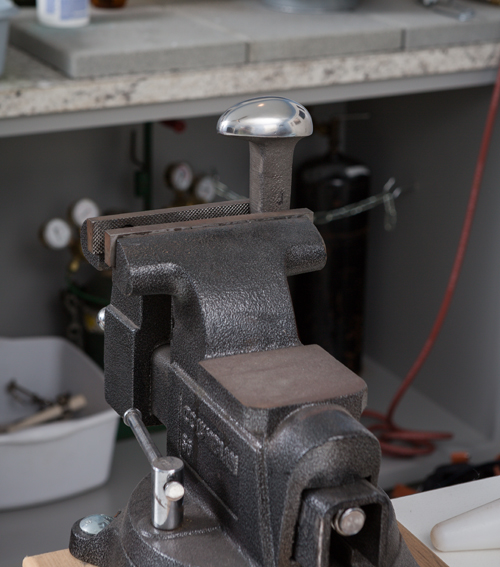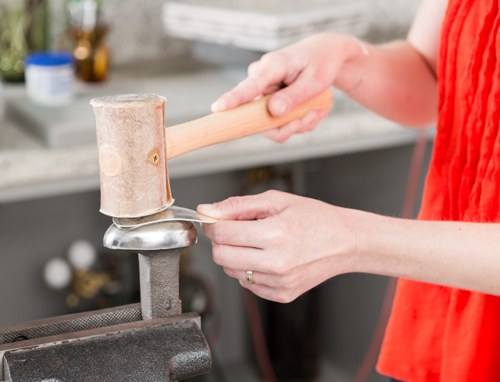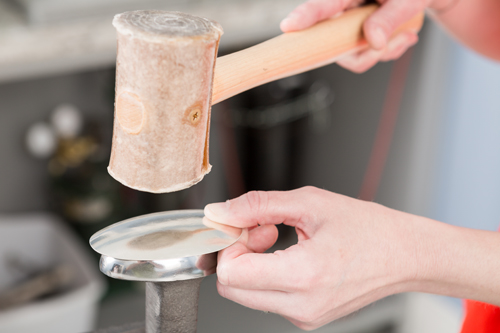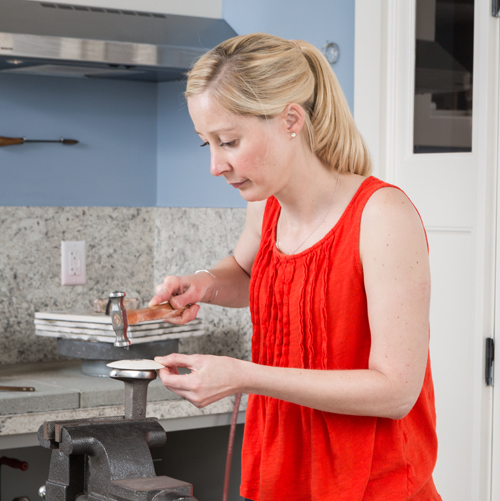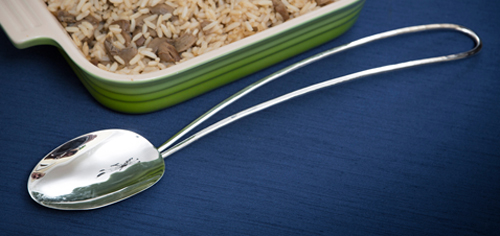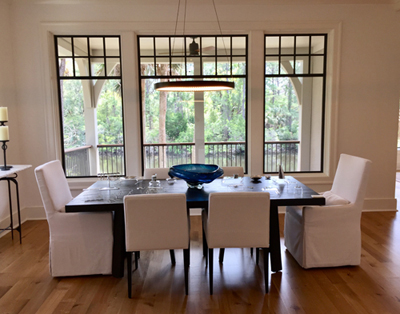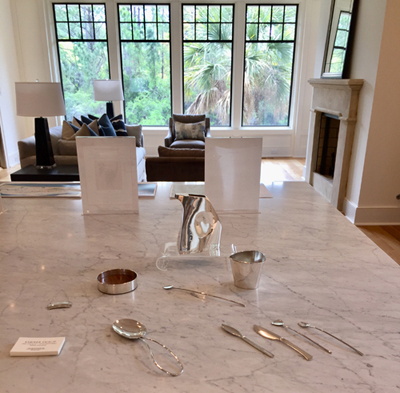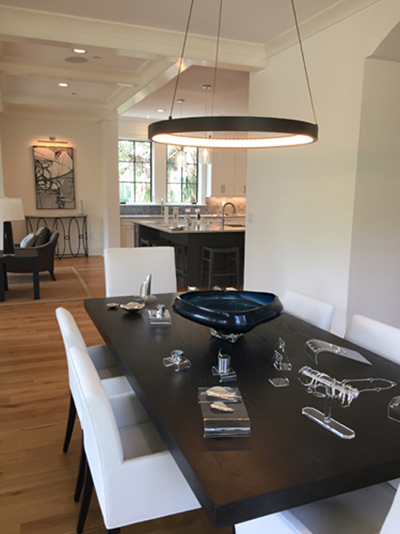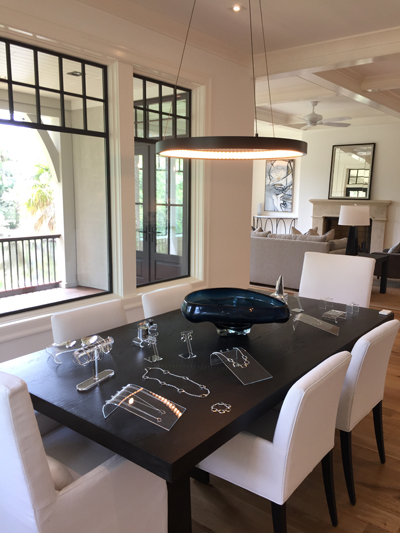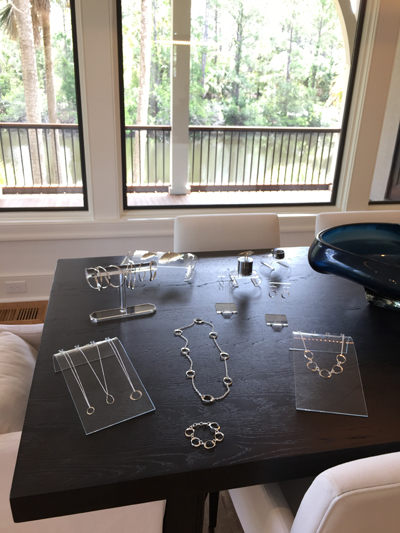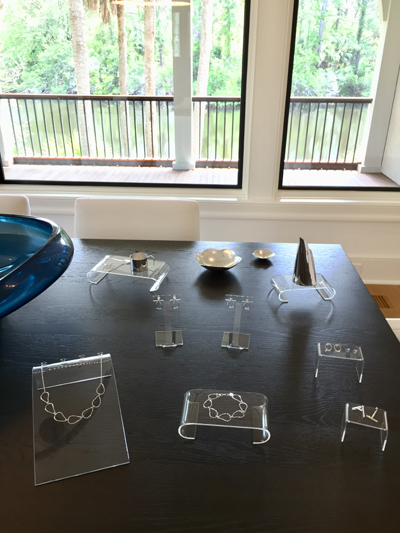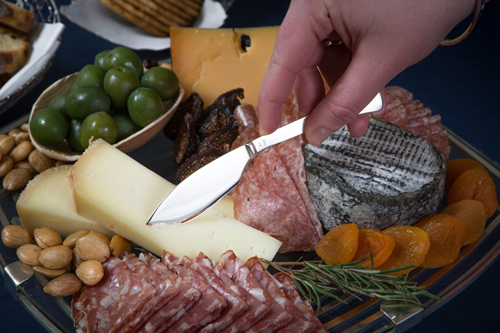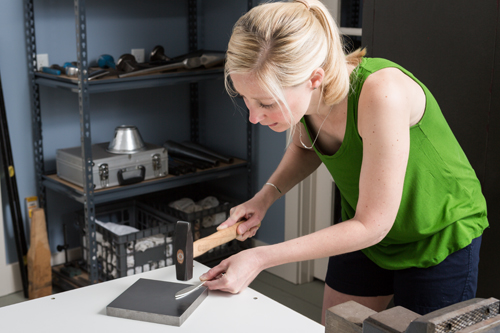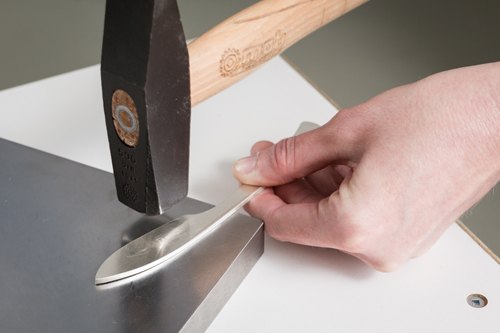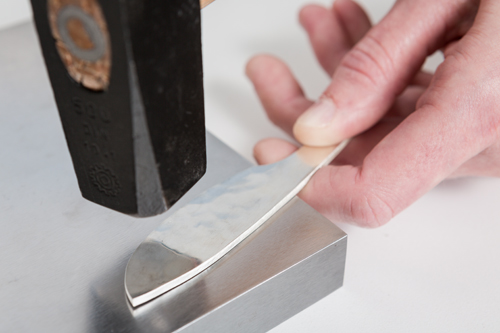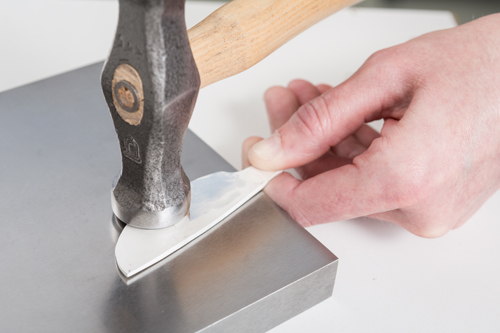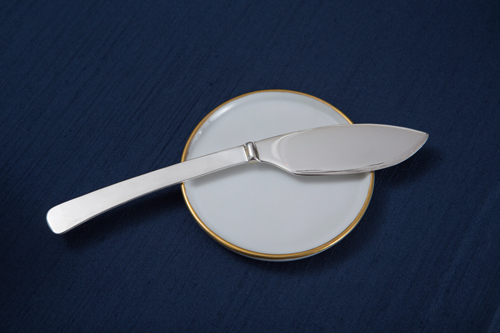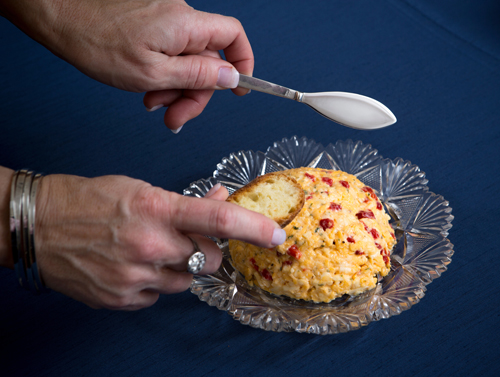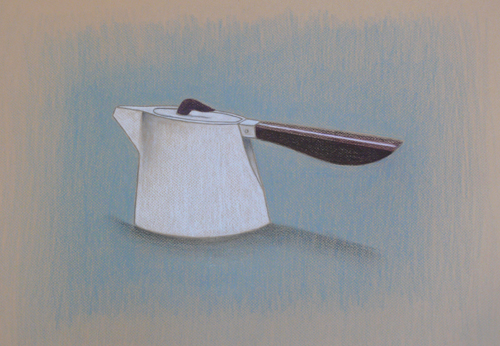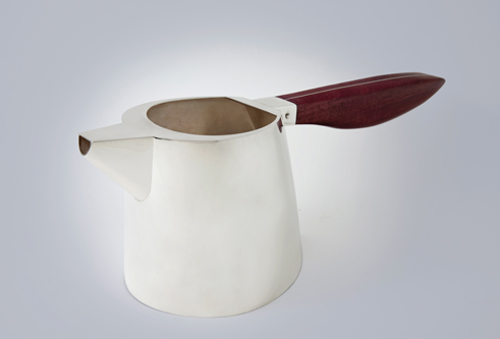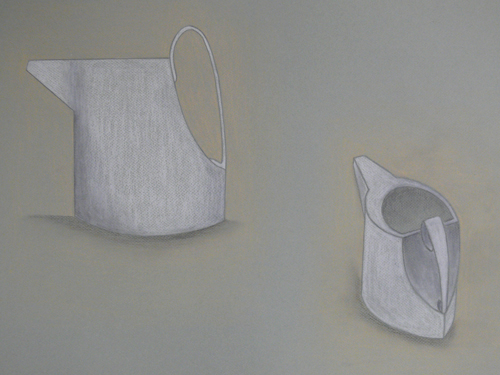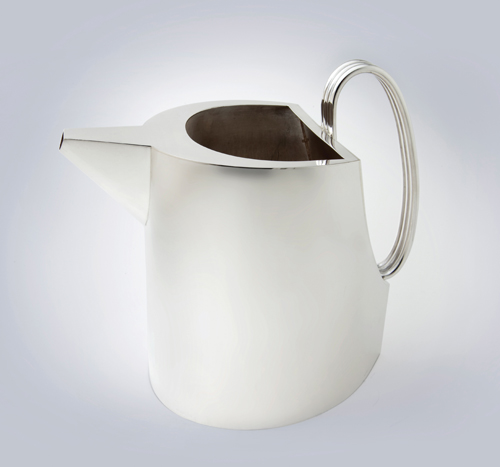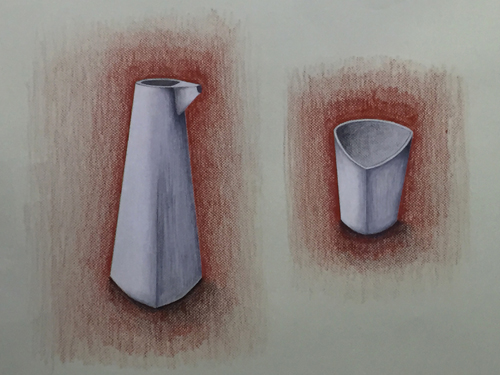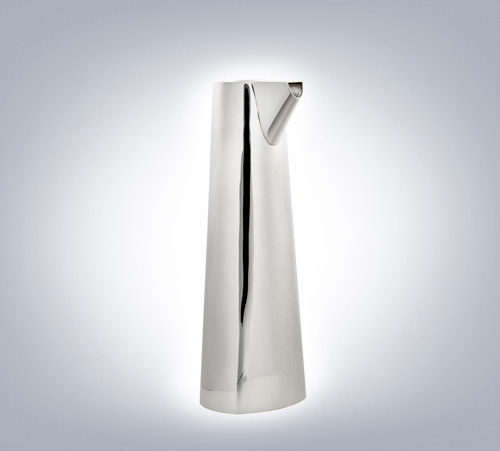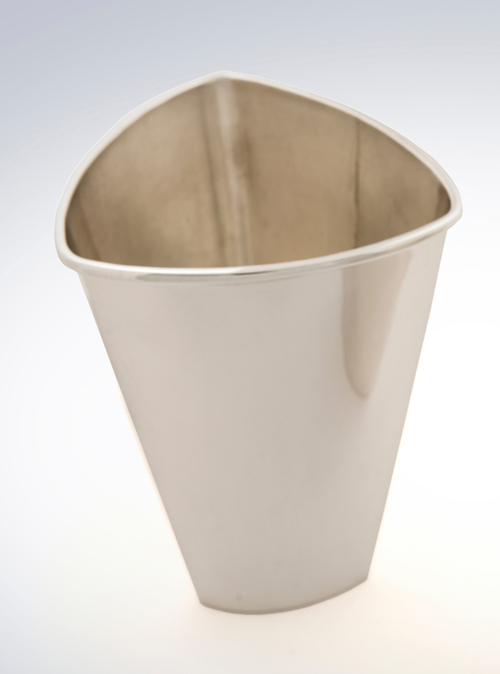Silver Polishing Tips
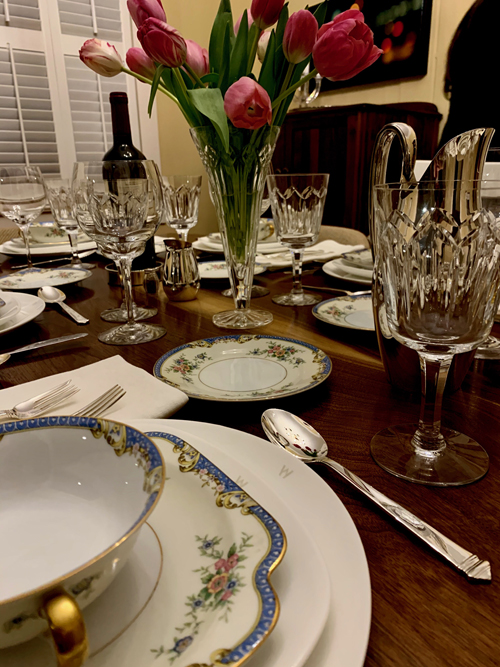
Silver Polishing Tips
Spring has sprung! Since the holidays passed several months ago and with Easter right around the corner or if you are just doing some spring cleaning, your silver may need to be freshened up with polishing. Mine certainly needs a bit of brightening and inspired this blog post on silver polishing tips.
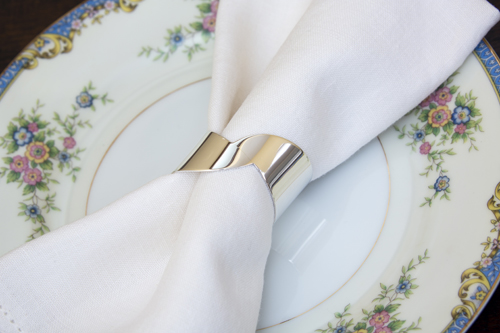
Polishing silver can be a chore, but by applying my professional tips it will help reduce maintenance and keep your silver lustrous and shiny longer!
Every two weeks I go around my house with polishing mitts or gloves that have polishing compound in them and wipe down all of my silver that is on display and exposed to the air. Airborne sulfur and deposits from the air onto silver are the cause of tarnish, so by wiping off the surface regularly it keeps the chemical reaction from occurring that causes tarnish. Simply wiping off your silver regularly with a glove or cloth that is treated with polishing compound will keep you from having to liquid polish it as often.
To prevent tarnish on silver objects displayed in glass cabinets, I place silver protection strips on the shelves behind the pieces. For flatware or other silver items that are not in use, I store them in dust bags in airtight boxes with the strips placed inside. The strip absorbs the toxins in the air and keeps the silver shiny for much longer. I am always amazed at how well they work when I open my silver chest!
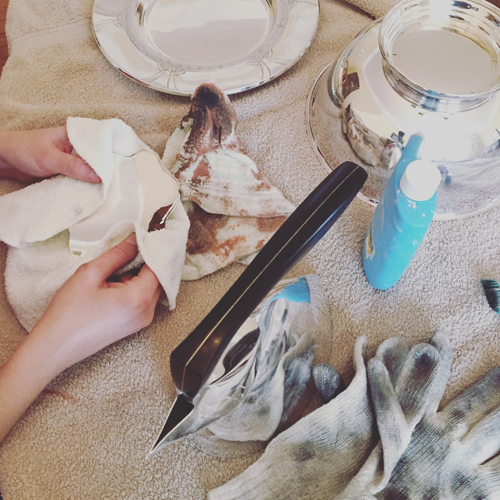
Once silver becomes purple or black, then you must pull out the liquid polish and use it to get your silver bright and shiny again. I prefer Hagerty’s Silver Polish, which can be purchased at most local hardware stores or ordered online. I keep an assortment of old rags and towels around for the task. Old, worn t-shirts cut up into rags work great for polishing as the soft material will not scratch the surface. I also keep an old soft bristled toothbrush in my polishing box for getting dried polish out of small areas or patterned surfaces.
For more detailed instructions on how to keep your silver tarnish free, my step by step process for polishing silver, and the products I recommend, visit my website Silver & Copper Product Care page.
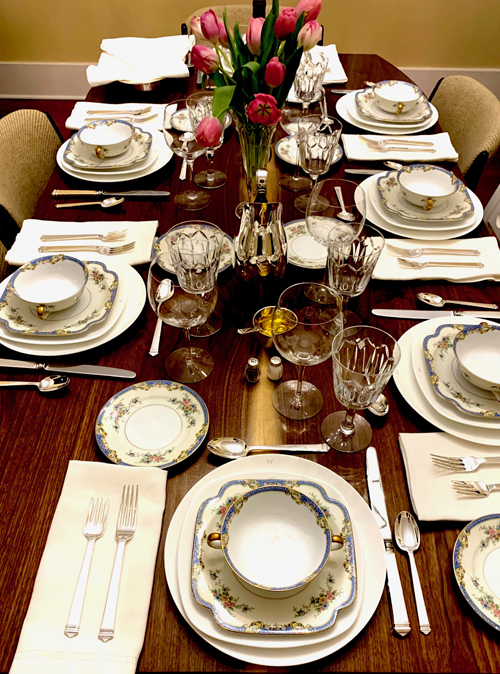
Hopefully these helpful hints and tricks will assist you in getting your Easter table looking fabulous and your silver shining beautifully for the spring season!

